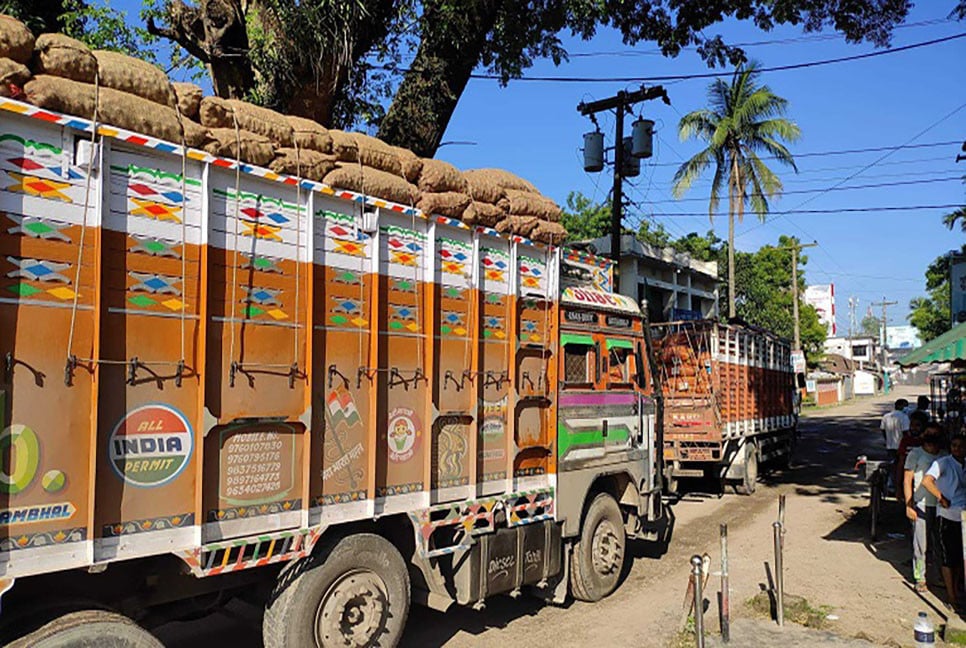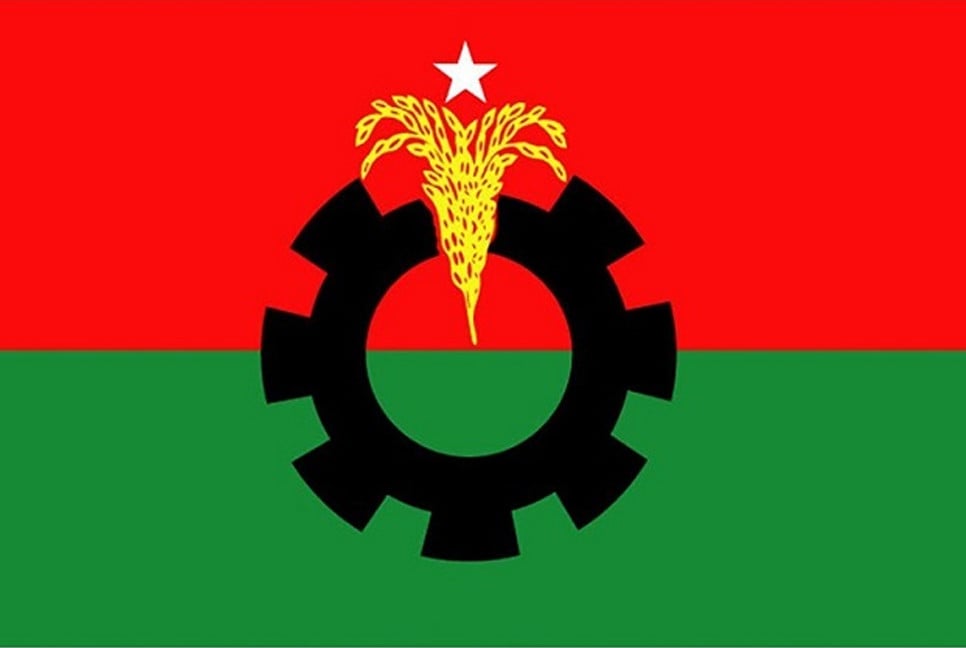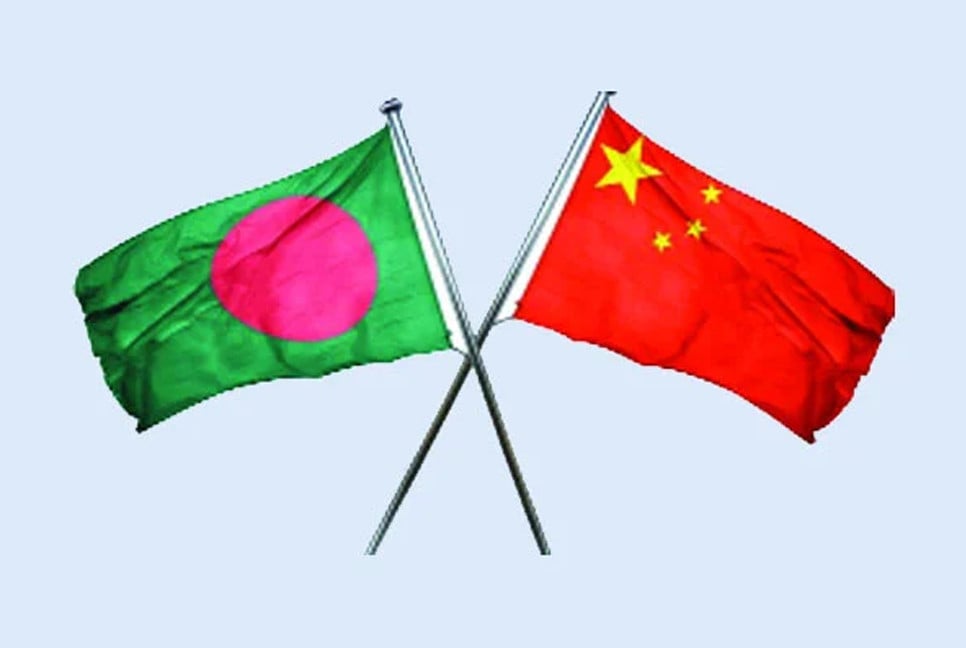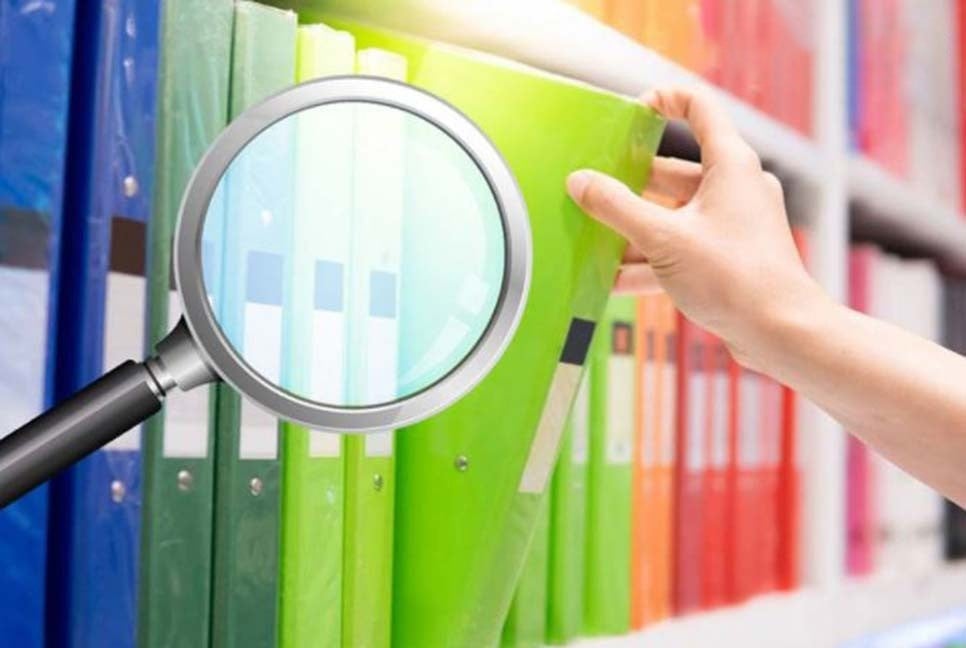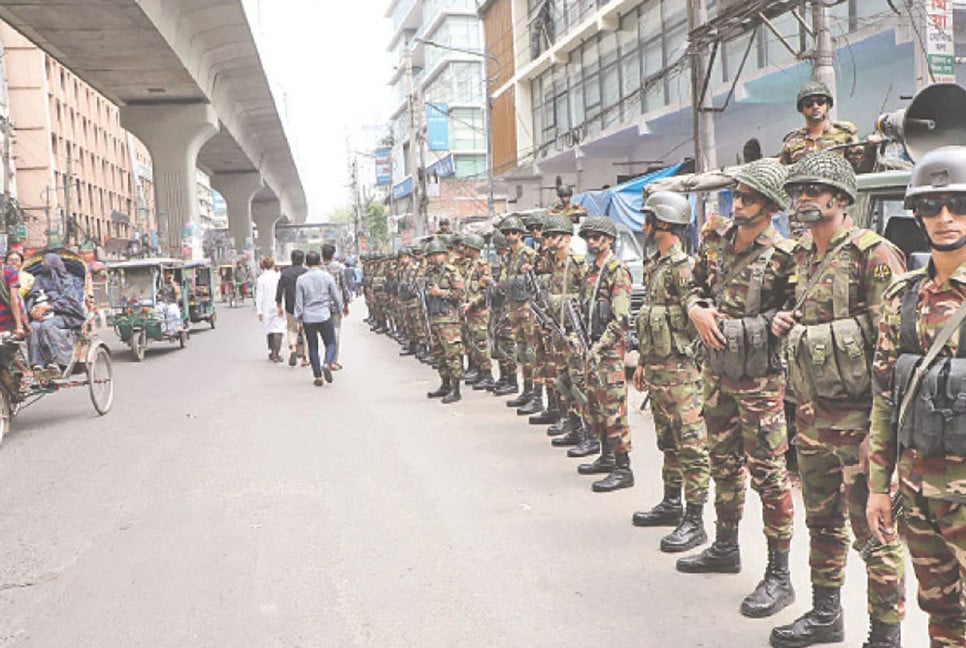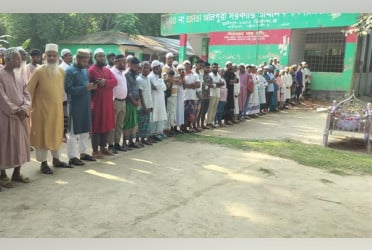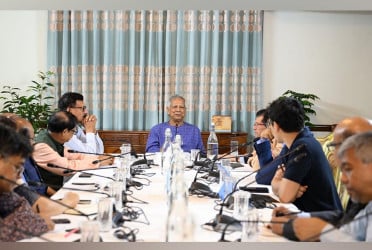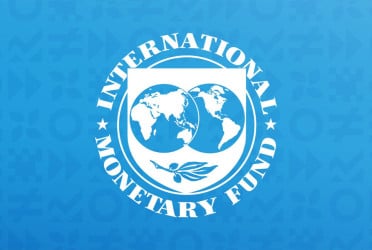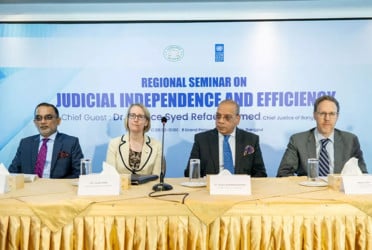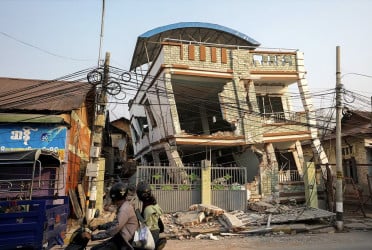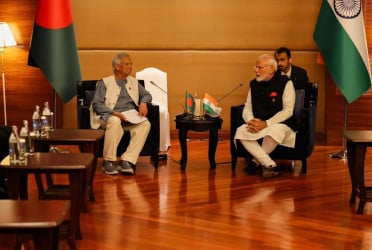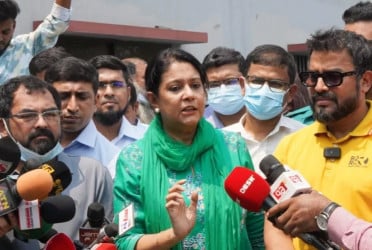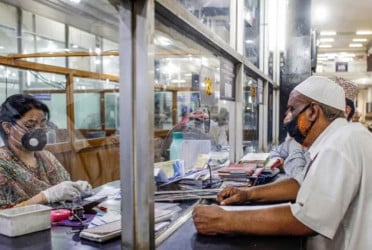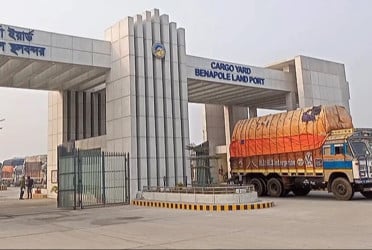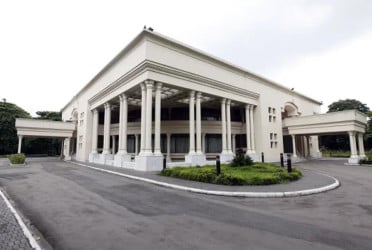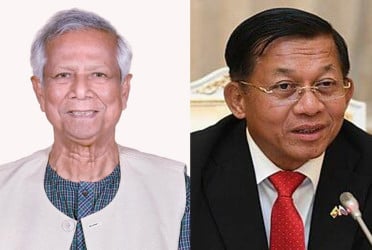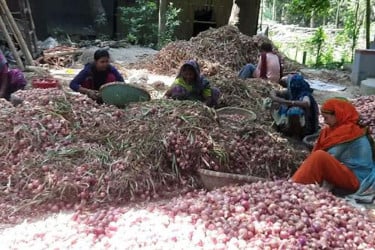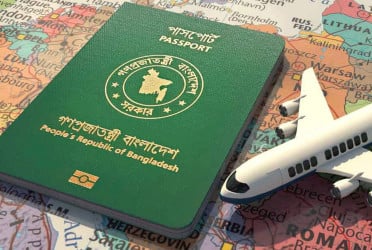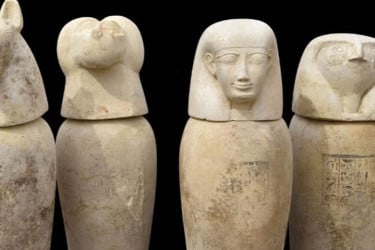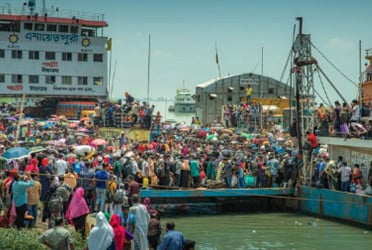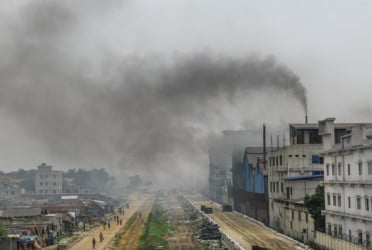Bangladesh has emerged as India’s largest trading partner in South Asia, primarily due to its growing import dependence. In return, India stands as Bangladesh's second-largest trading partner in Asia. However, despite this robust bilateral trade, Dhaka has struggled to capitalize fully on the relationship, hindered by issues related to production capacity and competitiveness. Over the past 15 years, India has benefited significantly from this partnership, with around $14 billion flowing into India annually as a result of Bangladesh’s import reliance.
In 2022, trade data showed Bangladesh imported 6,052 different products from India, totaling over $16 billion. Meanwhile, Bangladesh exported only 1,154 products to India, worth a modest $2 billion. While imports dipped slightly in 2023 due to the COVID-19 pandemic, goods worth $12.2 billion still flowed from India to Bangladesh, while Bangladesh’s exports to India remained near the $2 billion mark. On average, Bangladesh imports six to eight times more from India than it exports each year.
This growing import dependence has evolved over the last 15 years, bolstered by strong ties between the Indian government and Prime Minister Sheikh Hasina's Awami League administration. India’s strategic investments in infrastructure—such as land ports, customs stations, and border infrastructure—have facilitated this trade expansion. In contrast, Bangladesh’s exports to India face challenges including infrastructure gaps, non-tariff barriers, and limited interest from Indian businesses. As a result, the trade deficit between the two countries continues to widen.
Data from the India Brand Equity Foundation (IBEF), an organization under India’s Ministry of Industry and Commerce, indicates that Bangladesh imported $12 billion worth of goods from India in the last financial year. These imports included a wide range of products such as onions, radishes, ginger, lentils, oil, soap, and even chicken feed. Cotton yarn, petroleum products, and cereal grains also topped the list of imports, with significant contributions from sectors like manufacturing and food.
Mustafizur Rahman, Honorary Fellow at the Center for Policy Dialogue (CPD), noted that Bangladesh’s increasing reliance on India for imports stems from the affordability and speed of obtaining goods. However, he stressed the need for Bangladesh to reduce this dependency. Mustafizur suggested that strengthening domestic production, particularly in food items like rice and onions, could promote self-sufficiency. Additionally, he emphasized that fostering local industries could reduce imports, attract investment, and help enhance Bangladesh’s competitiveness.
What Comes from India to Bangladesh
Importers assert that the real question is not what comes from India to Bangladesh, but rather what doesn’t. From food products and industrial raw materials to fuel, logistics, vehicles, medicines, daily necessities, and even non-essential items, imports from India have significantly increased over the past 15 years under the Awami League government.
According to land port authorities, 24 customs stations have been designated as land ports to facilitate trade with neighboring countries, with 12 currently operational. Additionally, nearly 50 toll stations support the import and export of goods between the two nations.
A review of the operations at various land ports highlights the wide range of goods being traded. Since the Bhomra land port in Satkhira opened in 2013, India has been exporting an array of products to Bangladesh, including cattle, fresh fruits, vegetables, seeds, wheat, stone, coal, chemical fertilizers, china clay, cotton, timber, limestone, onions, chili, garlic, ginger, lentils, pulses, spices, motor parts, stainless steel, marble slabs, aluminum fittings, kitchenware, dried fish, turmeric, and more.
In addition to Bhomra, several other land ports, including Hili in Dinajpur, Burimari to Lalmonirhat, Banglabandha in Panchagarh, Kaliganj in Sylhet, Akhaura in Brahmanbaria, Gobrakura in Mymensingh, and Nakugaon in Sherpur, handle year-round imports from India. Many of these ports have been operational for the past 15 years, reflecting the growing trade between the two nations.
While there is scope for free imports, export benefits remain limited
Since Bangladesh's independence, Benapole in Jessore has served as the primary route for bilateral trade with India. However, following the rise of the Awami League government, efforts to expand trade with India have led to increased opportunities for importing goods through other land ports across the country.
Despite these efforts, business leaders involved with land ports have expressed concerns that, while several new land ports have been opened over the last 15 years to enhance trade, Bangladeshi exporters have not seen significant benefits.
Mostafizur Rahman Mukul, President of the Nakugaon Import-Export Association in Sherpur, told Bangladesh Pratidin that while Bangladesh maximizes its exports through most land ports, opportunities to export Bangladeshi products to India remain limited.
Ashraf Ahmed, President of the Dhaka Chamber of Commerce and Industry (DCCI), noted that raw materials for several industries, including pharmaceuticals, are imported from India, creating a dependence between the two nations. However, he cautioned that this reliance has become problematic, particularly during periods of political tension. He stressed that Bangladesh should reduce its dependency on imports from India for goods that could be sourced elsewhere.
Dr. Mustafa K. Mujeri, former Director General of the Bangladesh Institute of Development Studies (BIDS), also highlighted the risks of overreliance on a single country for essential goods. He pointed out that Bangladesh once depended exclusively on one nation for daily commodities, including food. To mitigate these risks, he recommended that Bangladesh focus on increasing self-sufficiency through domestic production and explore alternative sources for products that are difficult to produce locally.
Translated by Jisan Al Jubair
Bd-pratidin English

